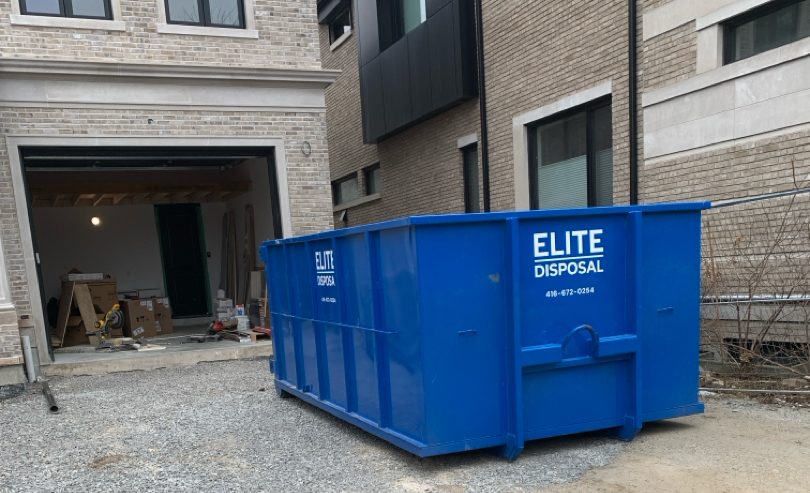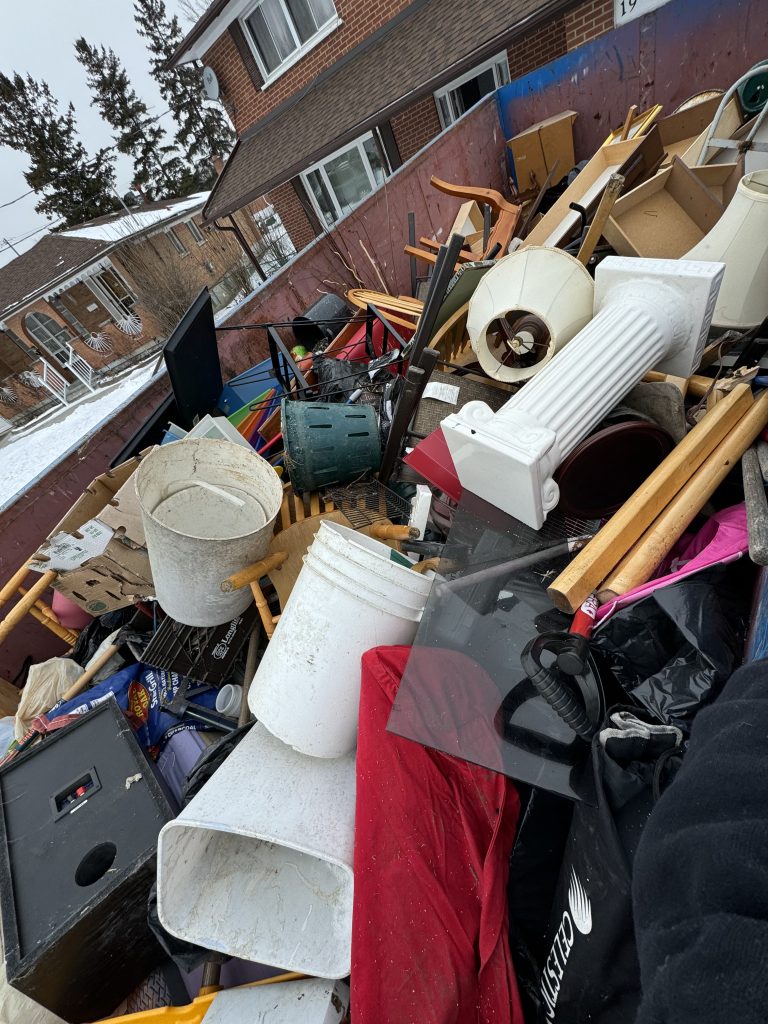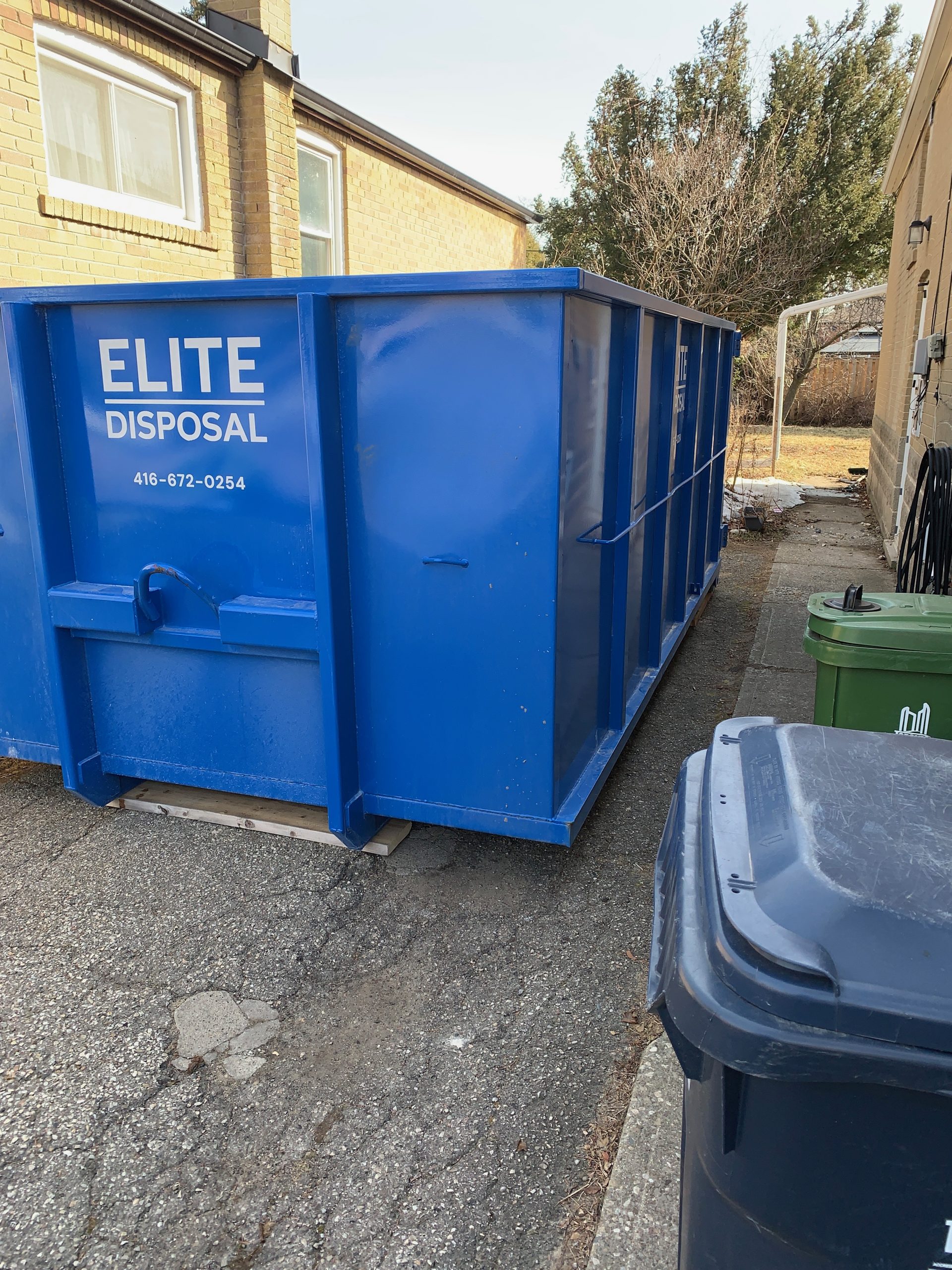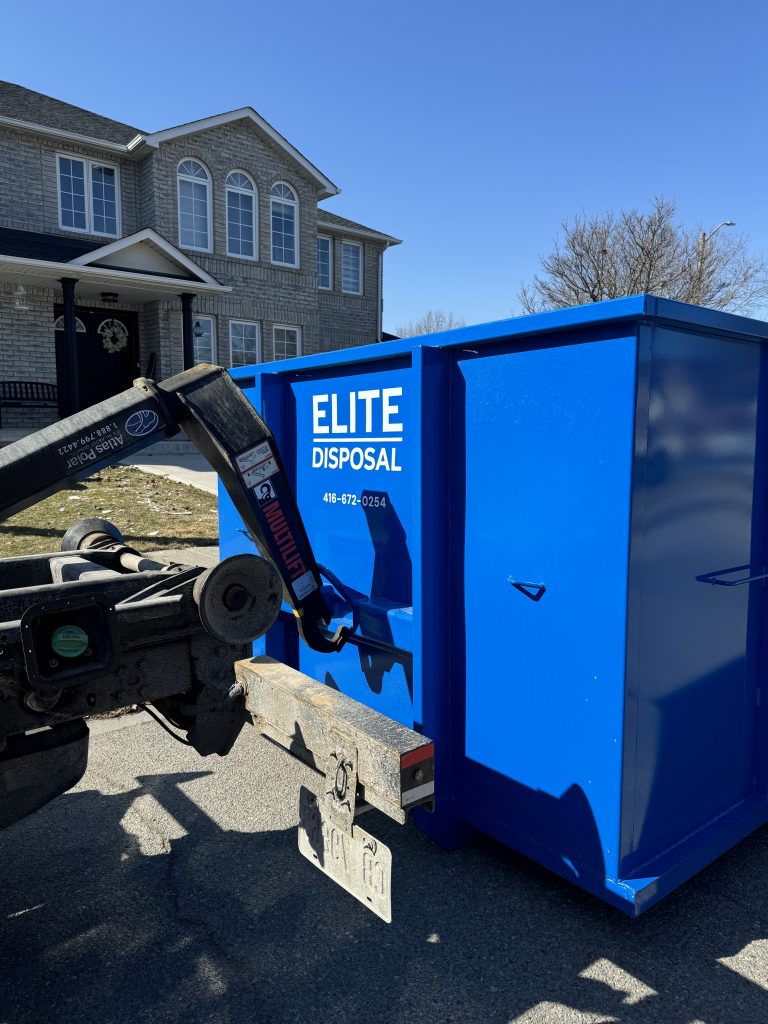
A properly placed dumpster can streamline your renovation or construction project.
Introduction
Whether you need a home renovation dumpster, clearing out years of accumulated clutter, or managing construction waste disposal, renting a dumpster is one of the most efficient ways to handle waste removal. A well-planned dumpster rental provides a central collection point for debris, enhances site safety, and eliminates multiple trips to the dump.
However, many first-time renters make avoidable mistakes that can lead to additional costs, project delays, and even safety hazards. In this guide, we’ll walk you through the five most common dumpster rental mistakes and provide dumpster rental tips to ensure your waste management goes smoothly from start to finish.
1. Failing to Plan Ahead
One of the biggest dumpster rental mistakes people make is treating dumpster rental as an afterthought. Waiting until debris has already accumulated can create unnecessary stress and potential project delays.
Why Planning Matters:
- Popular rental companies often book up during busy seasons (spring and summer)
- Last-minute rentals may come with premium pricing
- Delivery schedules may not align with your project timeline
- Permits (if needed) take time to process
Expert Solution:
Contact dumpster rental companies as soon as you have a project timeline. Most professionals recommend securing your rental at least 1-2 weeks before your project begins. This allows ample time to compare quotes, check availability, and address any questions about delivery logistics or waste disposal regulations.
Pro Tip: When scheduling your rental period, add a buffer day or two beyond your expected project completion date to account for unexpected delays common minimizing dumpster rental mistakes.
2. Selecting the Wrong Dumpster Size
Choosing the appropriate dumpster size is crucial for both cost efficiency and project success. Yet many renters either overestimate or underestimate their needs.
Common Size Miscalculations:
- Too small: Results in overflow issues or requires costly additional dumpsters
- Too large: Means paying for unused space and potentially higher delivery/pickup fees
Expert Solution:
Most residential projects fit within these guidelines:
- 10-yard dumpsters: Small bathroom renovations, garage cleanouts
- 20-yard dumpsters: Kitchen remodels, flooring replacement projects
- 30-yard dumpsters: Whole-home renovations, large decluttering projects
- 40-yard dumpsters: Major construction or commercial projects
Consult with your rental company about your specific project. Experienced providers can help assess your needs based on the type of materials and estimated volume.
Pro Tip: When in doubt between two sizes, it’s usually more cost-effective to go with the larger option rather than risk needing a second dumpster.

3. Overlooking Placement Requirements
The location of your dumpster affects not only convenience but also safety and legal compliance. Many renters fail to properly prepare for delivery, leading to placement issues. In case you need a home renovation dumpster you need to make sure you follow proper placement to minimize potential damage to you or the property.
Key Placement Considerations:
- Surface requirements: Dumpsters need flat, solid surfaces to prevent shifting
- Clearance needs: Delivery trucks require adequate space for maneuvering
- Access points: Workers need safe, convenient access to the dumpster
- Property protection: Heavy dumpsters can damage driveways without proper protection
Expert Solution:
Before delivery day, measure and clear your intended placement area. For driveways, consider using plywood sheets to distribute weight and prevent concrete damage. For street placement, check local regulations—many municipalities require permits for dumpsters placed on public roads.
Street Placement Tips:
- Contact your local government office about permit requirements
- Use traffic cones or reflective markers around the dumpster
- Ensure placement doesn’t obstruct traffic visibility
Private Property Tips:
- Keep dumpsters at least 8 feet away from overhanging trees or power lines
- Choose locations that don’t block access to utilities
- Avoid blocking neighbor’s access to their property
4. Neglecting Safety Protocols
Dumpsters contain potentially hazardous materials and present physical risks if improperly managed. Overlooking safety considerations is a common and dangerous mistake with waste management solutions.
Key Safety Concerns:
- Unstable placement leading to shifting or tipping
- Overloaded dumpsters creating falling debris hazards
- Unsecured waste during transport
- Improper waste handling
Expert Waste Management Solutions:
Follow these safety best practices:
- Ensure even weight distribution when loading the dumpster
- Keep waste level with or below the container rim
- Cover open dumpsters with tarps during inclement weather or overnight
- Wear appropriate protective gear when handling construction debris
- Keep children and pets away from the dumpster area
Pro Tip: When loading heavy items, place them toward the center of the dumpster rather than along the sides to maintain stability.

5. Disposing of Prohibited Items
Perhaps the most common—and potentially costly dumpster rental mistakes is attempting to dispose of hazardous or prohibited materials in rental dumpsters.
Commonly Prohibited Items:
- Paint, varnish, and other liquid chemicals
- Automotive fluids and oil drums
- Batteries of any kind
- Electronics and appliances containing refrigerants
- Medical waste and medications
- Tires
- Asbestos materials
Expert Solution:
Always request a detailed list of prohibited items from your rental company before loading begins. For hazardous materials, research local disposal facilities or special collection events in your area. Many communities offer designated drop-off locations for electronics, chemicals, and other specialized waste.
Pro Tip: When in doubt about a specific item, call your rental company before placing it in the dumpster. This simple step can save you from significant additional charges or environmental penalties.
Conclusion: Partner with Experts for Stress-Free Waste Management
Avoiding these common dumpster rental mistakes will save you time, money, and potential headaches during your next project. By planning ahead, selecting the appropriate size, ensuring proper placement, prioritizing safety, and understanding disposal limitations, you’ll experience a smooth waste management process from start to finish.
At Elite Disposal Services, we help homeowners and contractors navigate these challenges with professional expertise. Our team provides personalized recommendations based on your specific project needs, ensuring you have the right solution at the right time.
Whether you’re planning a small renovation or managing a major construction project, professional guidance makes all the difference in your dumpster rental experience.
Ready to Get Started?
Contact Elite Disposal Services at 416-672-0254 or book online to discuss your project needs. Same-day service is available for urgent situations, and our experts are standing by to answer all your waste management questions.
This article was last updated on April 2025 to ensure all information reflects current waste disposal regulations and industry best practices.


